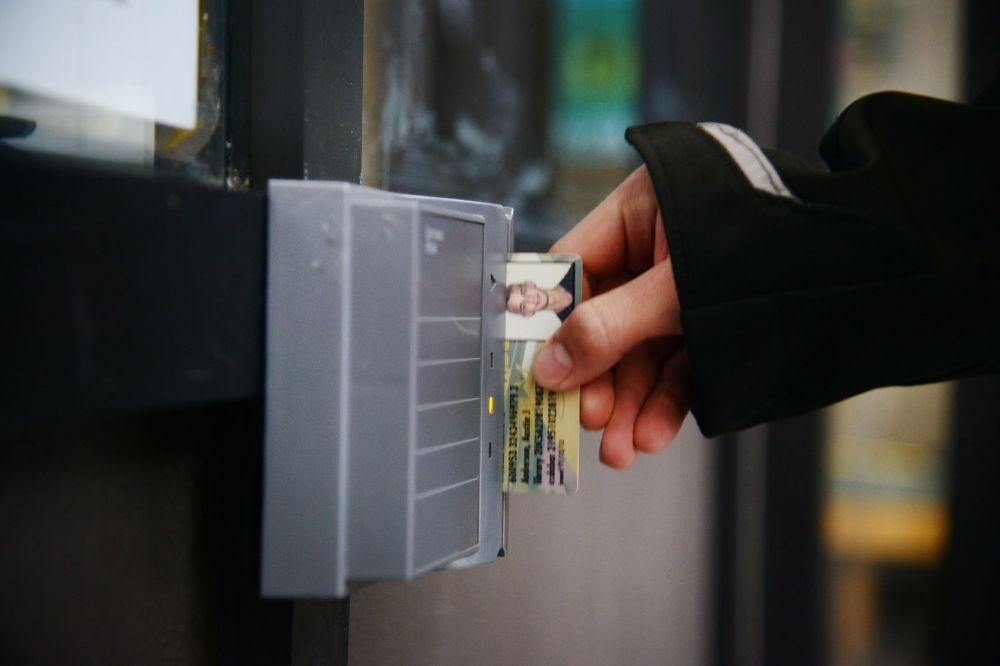In response to requests for more study spaces, University of Minnesota student government leaders hope to increase students’ after-hours building access.
A 2014 project helped standardize University building clearance, but the Minnesota Student Association wants to work with school officials to remedy access concerns. The school said its current system is sufficient for students’ needs.
MSA Infrastructure Committee Director Erin Deal said students complained about a lack of study areas on campus, especially on the weekends.
People who need certain resources to complete their coursework — such as art, music and science students — struggle the most to get access to the spaces they need, Deal said.
“We are talking to students to figure out what buildings would be most beneficial to have extended hours,” she said, adding that the group is considering giving specific colleges more clearance.
But in 2014, the University completed a project to standardize and update building access policies, said University Services Chief Financial Officer Brian Swanson.
Swanson said he’s not sure why an expansion of the current system would be necessary.
“What I don’t understand is … if the students can walk up to a building and tag [their U Card] and get in, what part of this isn’t giving them the access they need?” Swanson said.
Prior to 2014, many buildings still required physical keys for after-hours access, he said.
The University added card readers to buildings, created general guidelines for public hours and established a three-tier system for clearance that year, which was designed to benefit students and to keep campus secure, he said.
In the evenings, most buildings are accessible to those with active U Cards, but each building is eventually locked down for the night and no one can gain entrance until the morning, he said.
“If you’re there late at night, and you have a legitimate reason to be there, we think you also would want to know that the other people there … have a legitimate reason to be there for your safety,” he said.
Additionally, departments have the discretion to give students increased clearance, he said. For example, the College of Design may give its students U Card access each semester so they can work on projects during the evenings and weekends, he said.
Administration is open to discussing an expansion, Swanson said, but the project couldn’t be all-inclusive.
“It’s unlikely that any of the 60,000 people with active U Cards are going to be able to go into any building at any time of the day or night,” he said.
Despite the existing system, some students say they want more access to buildings outside normal hours.
Chemistry junior Jack Gunderson likes to study in Northrop Auditorium during the week but often resorts to studying in cafes on the weekends, where it can be hard to concentrate, he said.
He said if he could get access to other buildings on the weekends, he would do more of his work there.
Biology junior Katie Delany said she would likely use University buildings to study on Sundays.
There’s a study room in her apartment building, but it’s often crowded, she said. Additionally, the libraries can be cramped and sometimes noisy.
“What’s nice about [University buildings] is you have classrooms, so I can be the only one there, and it’s easier to focus,” she said.








